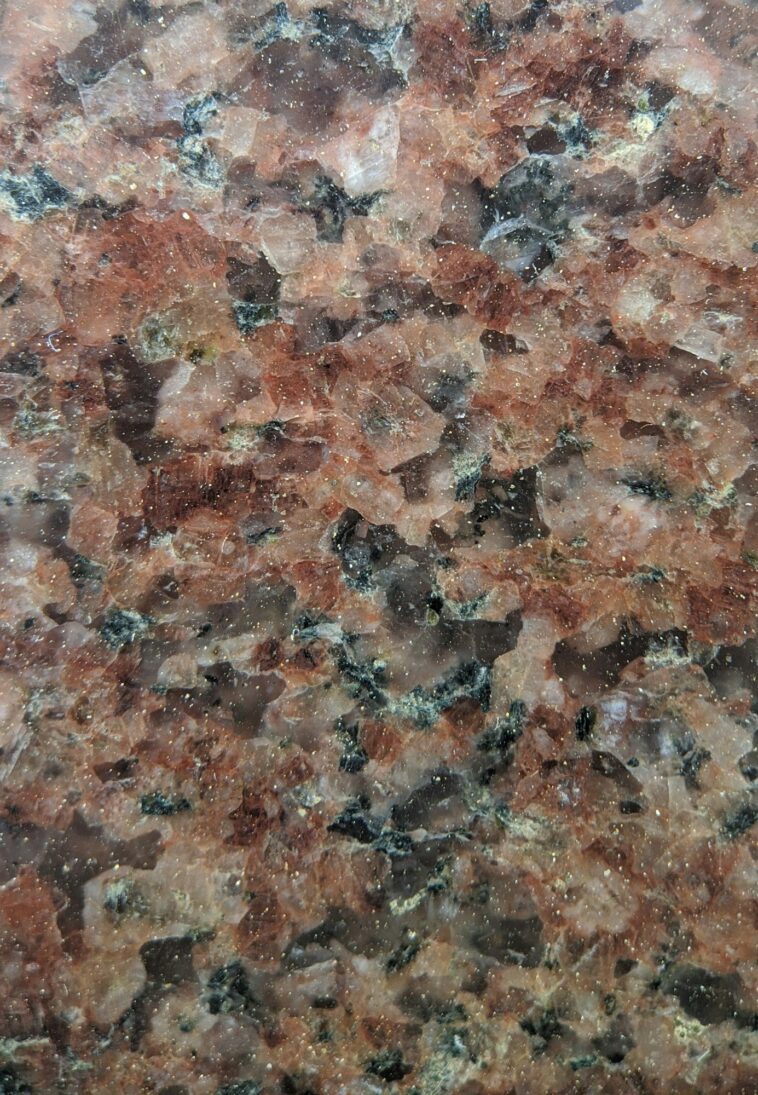Key Takeaways
- Granite's Geological Makeup: A fascinating blend of minerals like quartz, feldspar, and mica, giving it unique colors and textures.
- Formation: Born from slow-cooling magma underground, contributing to its toughness and widespread use in construction.
- Variety and Classification: Intriguingly classified into types like I-type, S-type, and more, each telling a story of its origin and composition.
- Physical Properties: Durable, with high strength and melting points, making it a reliable material for various applications.
- Chemical Composition: Dominated by silica, with a mix of other elements giving granite its distinct characteristics.
- Human Interaction: A long history in construction and art, from ancient Egyptian monuments to modern architecture.
Ah, granite, that sturdy rock underpinning our continents! Let me tell you a tale of this geological marvel. Picture a world beneath our feet, a place of fiery magma, simmering slowly in Earth's belly. Over eons, this magma cools, forming the solid, coarse-grained wonder we know as granite. It's like a slow dance of elements, where silica-rich liquid solidifies to create this ubiquitous rock.
Granite is not just a single entity but a symphony of minerals. Each slab is a canvas, painted with specks of quartz, feldspar, and mica. The colors, from dignified grays to vivacious pinks, depend on this mineralogical mix. It's as if nature's own artists had a hand in its creation.
Now, delve into its classification - a tale of its lineage. There's I-type, born from igneous sources, and S-type, arising from sedimentary material. Each type whispers a story of its origin, whether it emerged from deep within the Earth or transformed from the sediment of ancient oceans.
Granite's physical properties are legendary. Its strength, akin to the backbone of a stoic mountain, withstands the tests of time and weather. Its density and compressive strength make it an unsung hero in our buildings and monuments. And its melting point? High enough to scoff at all but the most extreme of Earth's fiery tempers.
The chemical composition of granite is a tale in itself. Dominantly silica, with dashes of alumina, potassium, and other elements, it's a testament to the complexity beneath Earth's crust. Each element plays its role in crafting the final masterpiece.
Humans, ever so resourceful, have seen granite's potential through the ages. From the ancient Egyptians, who carved their eternal symbols into this stone, to modern architects, who see it as a symbol of durability and elegance. It's as if granite has been the silent witness to our civilizations' rise and fall.
In its essence, granite is more than just a rock. It's a story of Earth's fiery interior, a tale of time and transformation, and a testament to human ingenuity in shaping the natural world.
Frequently Asked Questions
- What is Granite?
Granite is a coarse-grained igneous rock, primarily composed of quartz, feldspar, and mica, formed from slowly cooled magma deep within the Earth. - Why is Granite Widely Used in Construction?
Its high strength, durability, and aesthetic appeal make granite a popular choice for construction, especially in countertops, flooring, and monumental architecture. - How is Granite Classified?
Granite is classified into various types like I-type (igneous origin) and S-type (sedimentary origin), based on its mineral composition and formation process. - What are the Physical Properties of Granite?
Granite is known for its high density, significant compressive strength, and a high melting point, making it a robust and long-lasting material. - Can Granite Vary in Appearance?
Absolutely! Granite's appearance can vary greatly, depending on its mineral composition. It ranges in color from whites and pinks to grays and blacks, each slab unique in its speckled patterns.





